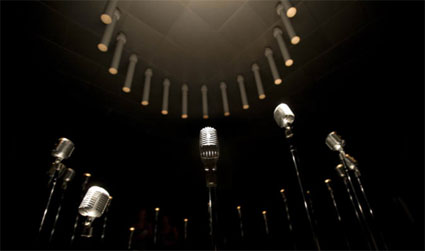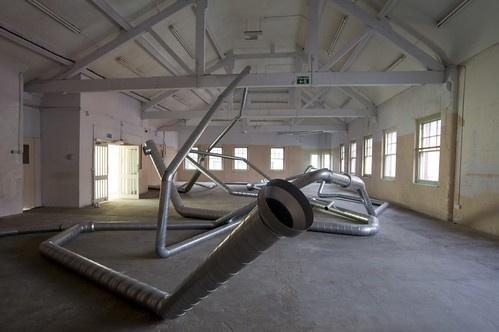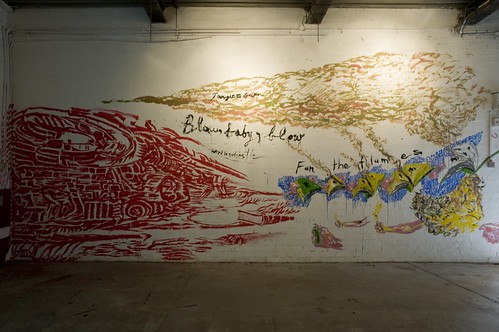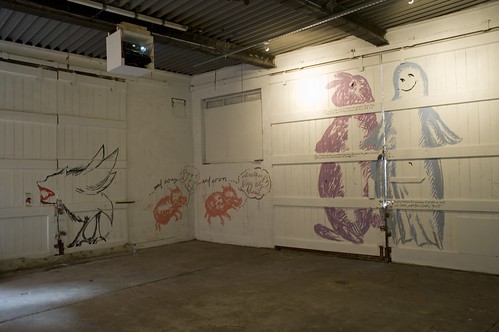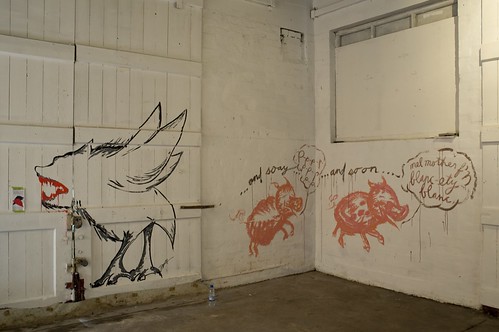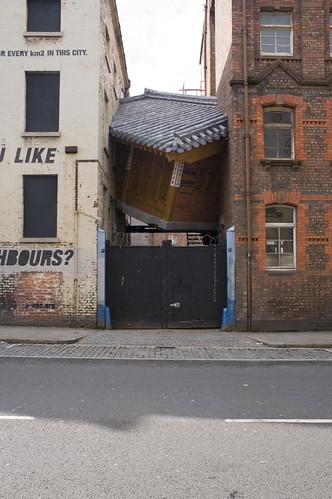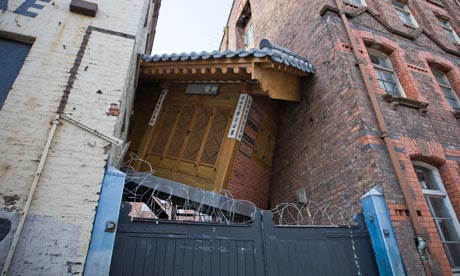Music Video Project
For a personal project i have decided to try and create a music video and explore different ways of filming.
Below is a list of filming techniques
Camera Angles
For a personal project i have decided to try and create a music video and explore different ways of filming.
Below is a list of filming techniques
Camera Angles
The Zolly
Zooming in whilst moving the camera away
Dolly speed needs to be the same as the zoom
For action be creative with camera placements, more movements makes it more dramatic, but don’t over do it
1. High camera useful perspective over the heads of crowds, But for a compassion stand point great for making patterns in the image
2. Low camera angles the opposite imparting dynamic engagement with the action
3. Establishing shot sets up the setting of a scene, it is usually at the start of a scene
4. Close up shot either focus on a person or an object, in order to show detail or emotion
5. Extreme close up shot, focusing on the eyes
6. Medium shot show from the head to waist down, used more to show body movement and less specific detail
7. Long shot is a shot that shows the whole person in relation to their surroundings typical filmed from a long distance a way
8. Tracking shot follows the action at a constant distance away, keeping the subject on screen
9. Aerial shot shows the entire image from a high position, sometimes referred to as a birds eye view shot
10. Dolly shot a camera is placed on a dolly and is moved away at a constant speed, it does not necessarily follow the action
11. Hand held shot the camera man holds the camera, so usually is a bit shaky, so therefore is used to show the subjects perceptive or feelings
12. Zoom shot either zooms in to show detail of subject, or zooms out to show entire subject
13. Swish shot camera moves quickly from one subject to another
14. High angle shot subject is filmed from above their head, so it looks like there being looked down on. Used to show who is more powerful character
15. Low angle shot is shot from the knees up, usually done to show the power of the subject
16. Reverse angle used to show conversation between two or more people, camera switch from other side of each subject, usually when each character is speaking
17. Arch shot camera moves around subject in circular shapes in order to show object in more positions.
18. Match cut joins two scenes that have some relationship together in a seamless way, through a fast transition as if they were in the same scene
19. Point of view shot that shows the camera angle through the subjects eye
20. Head on shot is when the action comes straight towards the camera
21. Eye level shoot
22. Overhead shot
23. Undershot
24. Pan shot example spinning view of sky
25. Tilt shot raise from ground to eye level
26. Over the shoulder shot
27. Two shot, close up of two peoples faces in a shot
Composition shots
28. Pyramid, three people in shot one at top two at the bottom
29. Rule of thirds
30. Golden section
32. Symmetry
33. Leadlines








